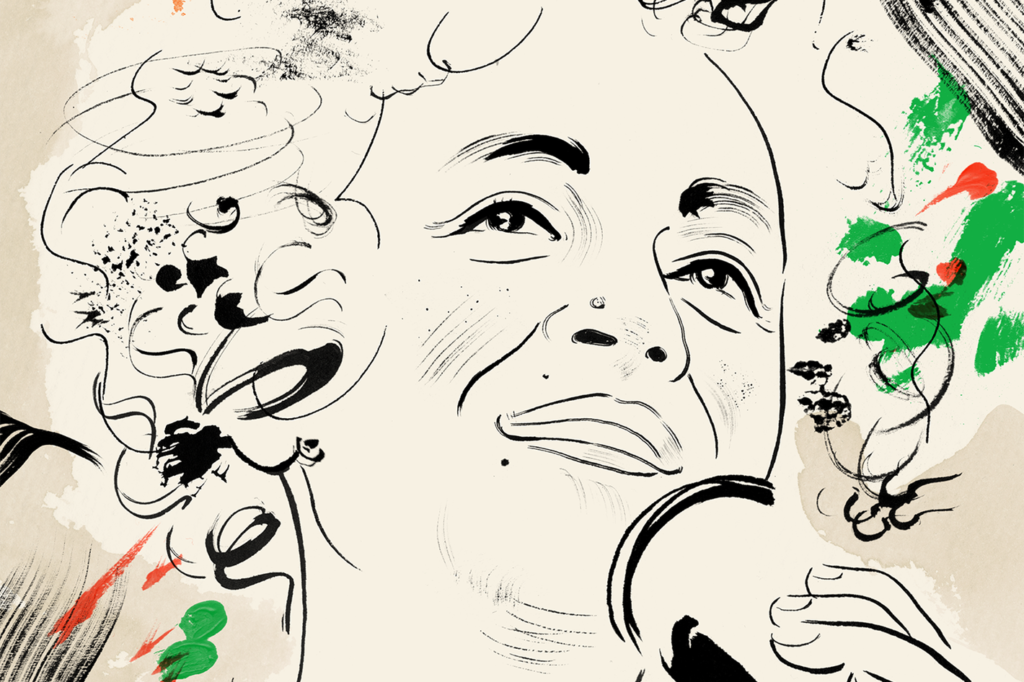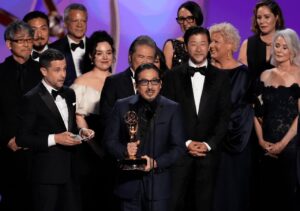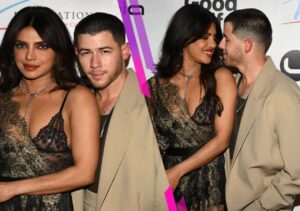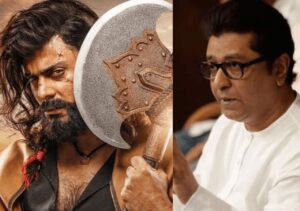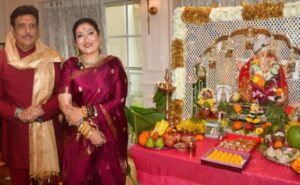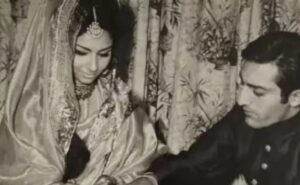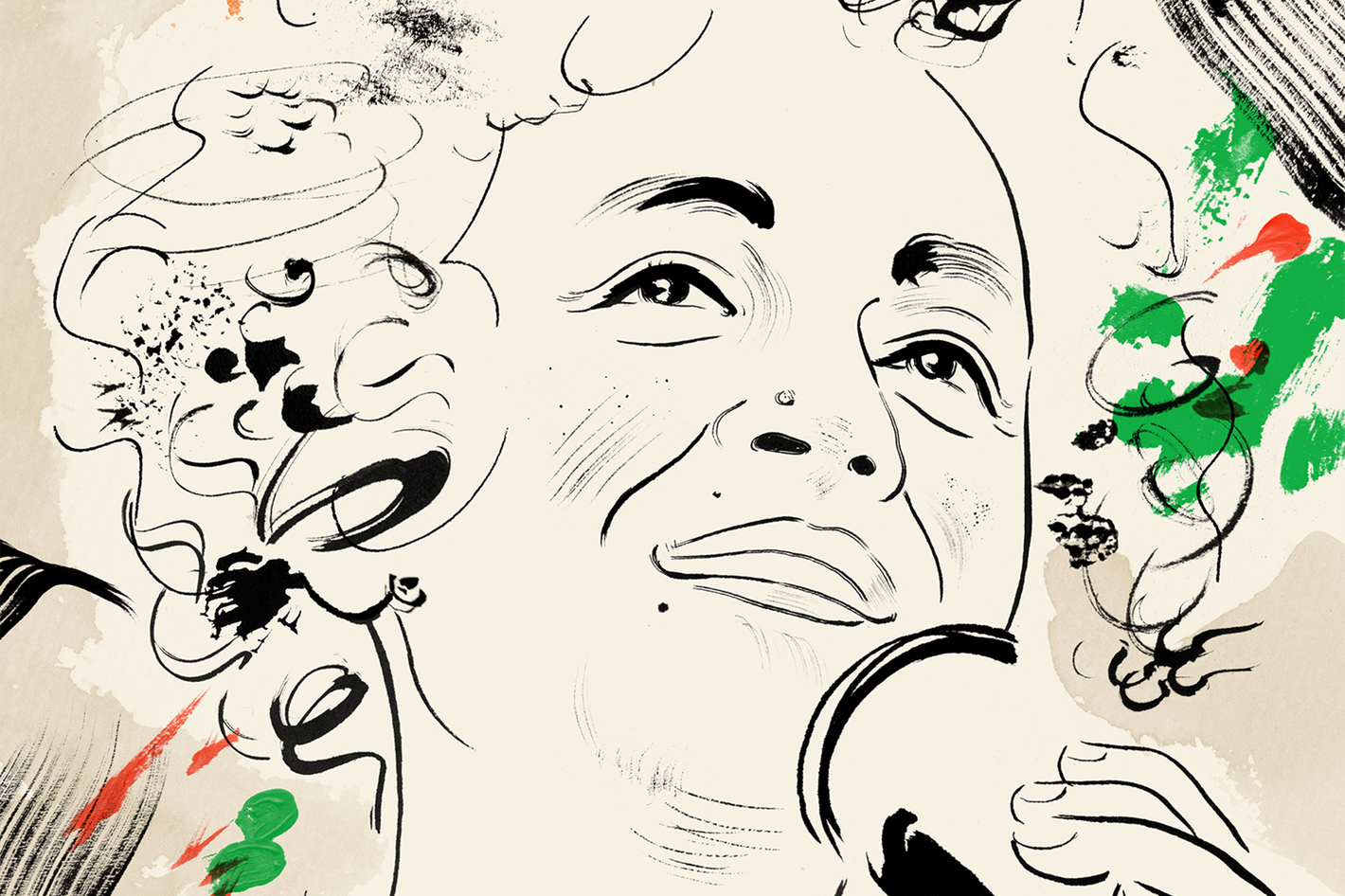
Arundhati Roy identifies as a vagrant. There was a moment in 1997, right after the Delhi-based writer became the first Indian citizen to win the Booker Prize, for her best-selling debut, The God of Small Things, when the president and the prime minister claimed the whole country was proud of her. She was 36 and suddenly rich; she could have coasted on the money and praise. Instead, she changed direction. Furiously and at length, she started writing essays for Indian magazines about everything her country’s elites were doing wrong. As nationalists celebrated Indian nuclear tests, she wrote, “The air is thick with ugliness and there’s the unmistakable stench of fascism on the breeze.” In another essay: “On the whole, in India, the prognosis is — to put it mildly — Not Good.” She wrote about Hindu-nationalist violence, military occupation in Kashmir, poverty, displacement, Islamophobia, and corporate crimes. Her anti-patriotic turn got her dragged in the press and then to court on charges that ranged from obscenity (for a cross-caste sex scene in The God of Small Things) to, most recently, terrorism. She began to define herself against the conflict. As Roy writes in Mother Mary Comes to Me, her new memoir, “The more I was hounded as an antinational, the surer I was that India was the place I loved, the place to which I belonged. Where else could I be the hooligan that I was becoming? Where else would I find co-hooligans I so admired?”
She has since published more than 20 books, including only one other novel, 2017’s The Ministry of Utmost Happiness. The rest are nonfiction: essay collections, field reports, repackaged lectures, short treatises on politics — and now, at age 63, Roy has published a memoir. Still, The God of Small Things is her best work. Inspired by her childhood spent in a Kerala village, the story about fraternal twins and their renegade single mother glides back and forth in time through atmosphere so rich you can feel the moisture lifting off the Meenachal River. Nothing she has written since has matched its discipline or its immersiveness. Her pivot to punditry changed her work forever. When writing about politics, she favors the heavy use of stats, mixed metaphors, and stuffing every related issue she can think of into the same essay. By the time she was writing The Ministry of Utmost Happiness, that last habit had nearly swallowed her desire to tell a story. The novel, set in Delhi and Kashmir, follows a disillusioned woman who is part of Delhi’s third-gender Hijra community, a corrupt journalist, a Kashmiri freedom fighter, and a woman who becomes involved with all of the above. It buckles with secondary characters and nearly collapses as the author tries to wedge in long digressions about unrelated protest movements. Roy hates being called a writer-activist, which she compares to being called a sofa bed. But most sofa beds work better than that novel does.
To use another of Roy’s favorite devices, the rhetorical question: Does it actually matter if her writing has become didactic? Her politics have remained consistent. In a 2002 essay, she wrote that fighting fascism “means putting your ear to the ground and listening to the whispering of the truly powerless,” a group that comprises the majority. Unlike many other English-language Indian writers critical of Narendra Modi’s government, she continues to live and work, loudly, in a country where her opinions and her fame infuriate those in power. Treated by the western literary world as a palatable radical emissary, she uses her frequent speaking engagements abroad to highlight the struggles of others. Accepting the PEN Pinter Prize in London last year, she denounced the Israeli “apartheid apparatus,” refusing to blame Hamas for what she called “Israel’s unflinching and ongoing televised genocide in Gaza and now Lebanon.” It’s clear that Roy really cares. And that she couldn’t care less if you approve.
Despite that, Mother Mary is dedicated to the first person whose approval she did want: her mother, Mary Roy. Mary was Roy’s hero and her antagonist, her model and her foil; well known beyond her family, in the 1960s Mary founded a school that would go on to become one of the most prestigious in Kerala. A divorced single mother, she also challenged and changed a law that blocked Syrian Christian women like her from receiving an equal share of their family inheritance. Her death in 2022 pushed Roy to reflect on her own arc in a way she had never done. She could finally appreciate how large Mary loomed. Though Roy has spent little of the past two decades deploying it, her strength has always been as a writer of the visceral, experiential, ephemeral, and small — the charge between two people, the light in a room, the texture of a child’s fear. In Mother Mary, she finally lets herself scale down. Nothing focuses the mind like the need to get your own story straight.
Mary (who forced her two children, like her students, to call her “Mrs. Roy” so she wouldn’t be accused of favoritism) was in some ways the blueprint for Arundhati: righteous, defiant, and ready to assume a stance of authority in a community that would never have offered it up. In the memoir, Roy admits that she was in awe of her mother’s power, which for her and her elder brother, LKC, was inseparable from Mary’s cruelty. “It was almost as though for her to shine her light on her students and give them all she had, we — he and I — had to absorb her darkness,” she writes. Mary was mercurial and quick to violence. She called 9-year-old Arundhati a “bitch.” She called young LKC a “chauvinist pig.” At report-card time, Mary broke a wooden ruler while beating her son for his “average” results. The next morning, she showered her daughter, whose report card was better, with praise and a rare embrace. Roy is haunted by the shame of this. “Since then, for me, all personal achievement comes with a sense of foreboding,” she writes. “On the occasions when I am toasted or applauded, I always feel that someone else, someone quiet, is being beaten in the other room.” She started to see children whose parents doted on them as “the Mummydaddy people”: “I regarded them with a tangential interest that was laced with a faint protective drizzle of cultivated disdain.” After a terrible row in Roy’s late teens, she and Mary became estranged for years — before, inevitably, her mother pulled her back into the fold. It was both a trial and a relief. Life with Mary was a wrestling match that Roy says she “never wanted to win.”
Even beyond her relationship with her mother, Roy describes the task of becoming herself in tactile, fleshy terms. Of her struggle to find her voice on the page, Roy writes, “I knew it would not come to me on its own. I needed to hunt it down like prey. Disembowel it, eat it. And when I did, I knew that language, my language, would ease the way blood flowed through my body.” Although she had always been obsessed with reading (in English, at Mary’s insistence), she studied architecture in Delhi, then floundered for a few years until she met an older filmmaker, Pradip Krishen. He would cast her in an ’80s film called Massey Sahib; they began an affair on set and eventually a relationship. Roy and Krishen spent several years making films and television shows together, and through screenwriting she drifted toward the kind of creation she could do on her own. In her early 30s, she began work on The God of Small Things.
Roy casts herself as the eternal outsider, in part because of how people saw Mary. No matter how far she gets from Kerala, she’ll always be the child of the woman whose family and community rejected her for marrying Arundhati and LKC’s Bengali father, unacceptably outside their insular Syrian Christian community. During the years when she and Mary weren’t speaking, Roy came to self-identify as “Fatherless Motherless Homeless Jobless Reckless,” living “on air” and most comfortable hanging around the canteen near her bare-bones apartment. The obvious rebuttal to her urchinhood is that she was raised by a highly educated mother and is well educated herself, fluent in English, and, famously, a beauty (although Roy writes in the memoir that she’s shocked whenever someone mentions this). She acknowledges her advantages but is more comfortable admitting she inherited Mary’s swagger. At one point before her first novel was published, she and Krishen were struggling financially after a television project they were working on fell through. When a producer proposed a bad deal — he’d pay her a regular pittance in exchange for ownership of everything she writes — she asked him in Hindi, “Mere maathe pe chutiya likha hai kya?” (“Does it say asshole on my forehead?”) Even when she’s broke, she’s still Mary Roy’s daughter.
Some parents hope their children surpass them. Some parents pay no attention (like Roy’s father, who reappeared in her 20s). Then there are those who rage against their children’s accomplishments, clinging to the hierarchy agreed upon when the child was a helpless know-nothing. Roy thinks she knows which kind of parent Mary is. Although The God of Small Things’s success throws a wrench in Roy’s outsider narrative, some things never change. When Roy gave a reading at Mary’s school upon her mother’s suggestion, Mary proceeded to spend the whole time her daughter was at the podium having a side conversation into a live mic. Roy was wounded, if unsurprised. “She presented me and, in the same breath, undermined me,” Roy writes. Still, her success shifted the balance. She knew the independence she had won terrified her mother; believing that Roy’s book would be full of family secrets, Mary checked herself into the hospital to read it.
Mother Mary Comes to Me mostly proceeds in a straight line through Roy’s life, but the author can’t resist editorializing or indulging in frequent asides, pausing the action to tell the reader how something will unfold. This character, just introduced, will become a friend of many decades. This action, just completed, will change everything. Sometimes she takes a minute just to be petty. In middle age, Roy will separate from Krishen and buy her own apartment in an upscale Delhi neighborhood. She writes, “Every now and then I kiss the walls and raise a glass and a middle finger to my critics, who seem to think that to write and say the things I do I must live a life of fake, self-inflicted poverty.”
At heart, she’s a details guy, and her strongest work happens in close-up. In Mother Mary, she describes how she fell into political writing, some of which brought her to contested territory in soon-to-be-developed dam sites and military zones. Still, these sections lack the blood-and-guts tension of her interactions with her mother. As Mary aged, Roy finally, carefully, began to find a way to relate to her: “I learned to enter her orbit like a clever insect negotiating a spider’s web — to fold my wings and minimize my surface area as I stepped in.” Mary once claimed that Roy was a “millstone” around her neck. Roy couldn’t help but love her anyway. She’ll spend the rest of her life searching for an opponent as worthy as this one.
A memoir by Arundhati Roy chronicles her tumultuous relationship with her mother.

